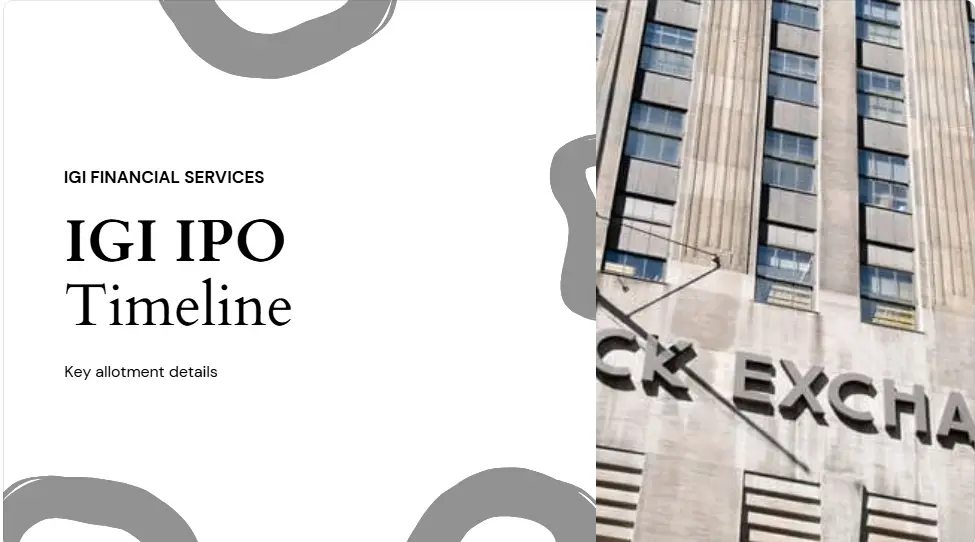
Table of Contents
Overview
In the fast world of trading in stocks market, knowledge of important terms makes wise choices. One of the several key terms is LTP, which means Last Traded Price. Exploring what LTP means in the stock market, how it is calculated, why it matters, and its use in the trading plan will be discussed in this article.
What does LTP meaning in stock market?
Price at which the last transaction of a security was executed is known as the LTP or Last transaction price. A real-time indicator of the price agreed by buyers and sellers in the market just a few seconds ago.
Key Characteristics of LTP:
- Real-Time Updates: LTP is dynamic across time, thus updating with every completed trade.
- Market Liquidity: Changes in the values of highly liquid markets reflect the market’s liquidity.
- Tick Size: LTPs must be shorter because the tick size of stock prices moves in small increments.
How LTP is Calculated
LTP is not just an average or aggregate price, it’s the actual price of the most recent trade. Here’s how it works:
- Real-Time Trades: When there is a match of a buyer and a seller, LTP is updated with the trade execution.
- Market Dynamics: The LTP is always changing in active markets, when trades happen frequently.
- Tick Size: Suppose Indian markets present price increments or decrements in steps of ₹0.05.
VWAP Calculator
| Price | Volume | Action |
|---|---|---|
LTP in Futures and Options
The concept of LTP extends beyond equities and is pivotal in derivatives trading:
- Futures Contracts: Separately for near-month, next-month and far-month contracts, the LTP is calculated.
- Options Contracts: The LTP is the premium of the last traded strike price for options.
Trading Strategies Using LTP
LTP is an absolute key ingredient in crafting successful trading strategies. Here’s how traders use it:
1. Trend Indicators:
- Up Tick & Up Volume: Indicates bullish momentum.
- Up Tick & Down Volume: Suggests mild bullishness.
- Down Tick & Up Volume: Signals cautious bearishness.
- Down Tick & Down Volume: This provides the market with strong bearish sentiment.
2. Stop-Loss and Take-Profit Orders:
- Set stop-loss and take profit levels based on LTP, minimize risks and lock in profits by traders.
3. Arbitrage Opportunities:
- If no such discrepancies are present in LTP across markets, arbitrage traders are able to capitalize on price asymmetries.
LTP vs. Closing Price
LTP (through the day) is a reflection of the highest traded price at the time every hour of the session, while closing price includes the VWAP driven average prices during the final 5 minutes of trading. Both metrics reveal different trades insights for traders.
Advanced Insights on LTP
1. Price Anchoring:
LTP serves as a reference point through which the trader sets his or her bid and ask prices and even entry and exit points.
2.Behavioural Economics:
LTP impacts trader psychology, which further affects the emotions of a trader such as fear or greed that can influence trading decisions.
3. Algorithmic Trading:
LTP data is used many of which utilize LTP movements for their executions based on some predefined criteria to profit.
4. Market Depth Analysis:
So when traders analyze LTP as exchange order Book data, they can infer supply and demand dynamics, aim to forecast price directionality.
E-E-A-T Alignment
- Expertise: It explains the concept of LTP with practical examples.
- Authoritativeness: The insights are based on high-level trading knowledge.
- Trustworthiness: The information is lucid, logical, and has support from market standards.
Conclusion
Knowing what LTP means in the stock market is important for every trader and investor. It gives real-time information about how the market is moving, helps you make decisions, and is important for different trading plans. By learning about LTP, you can improve your trading skills and make smart investment choices.
To understand better, keep up with market trends and keep improving your trading strategies to use the strength of LTP.







Pingback: How to invest in stock market in India for beginners - Tech Venture Spot